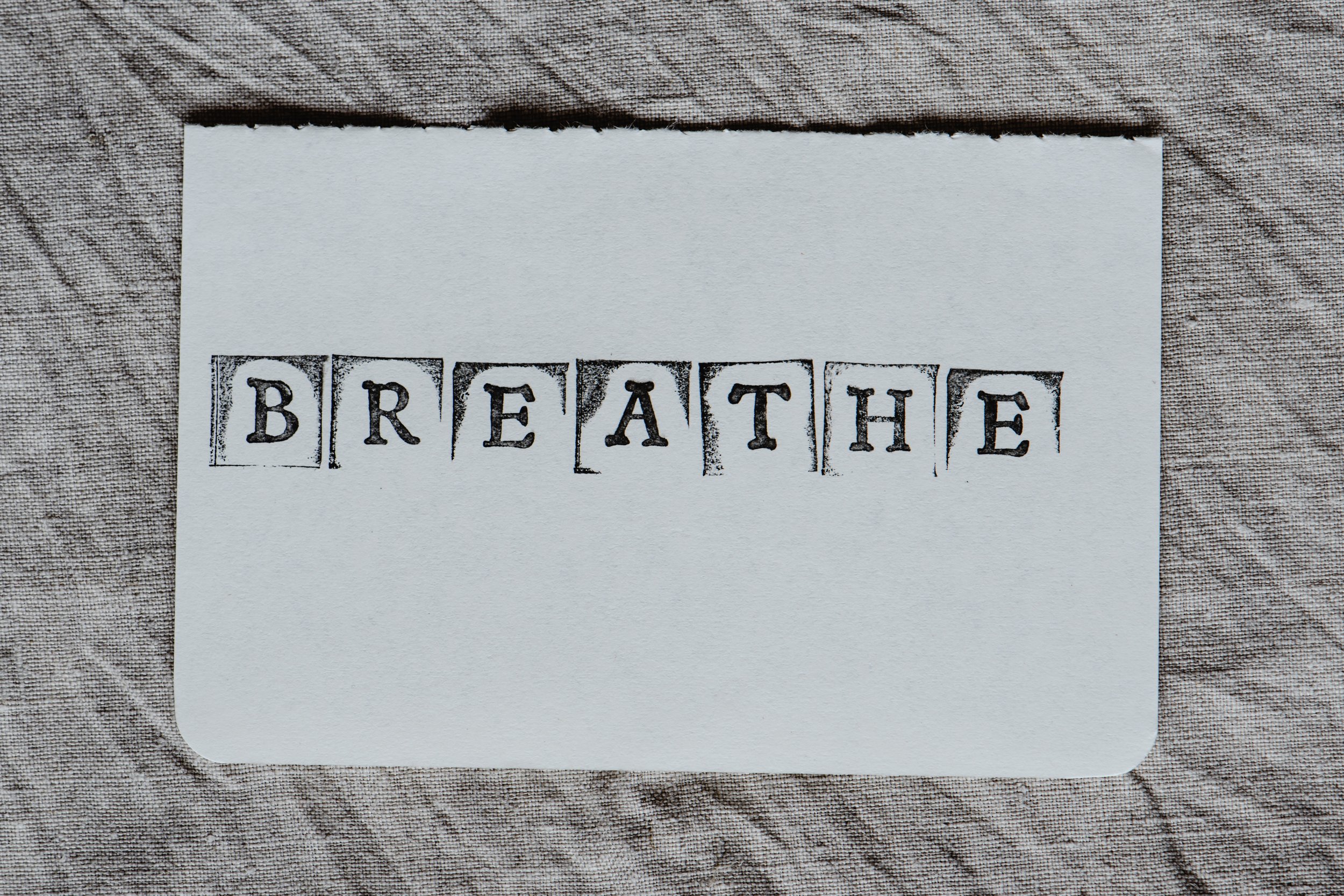Breathing and Stress
Breathing and Stress
Breathwork has been a popular topic lately, and for good reason. It has a big return on investment. There are surprisingly many ways to breathe, and for something we do so often, a subtle change can have a huge impact. This article will focus solely on how breathing and stress are related.
This really boils down to the autonomic nervous system. We have two divisions, sympathetic (fight or flight) and parasympathetic (relax and digest). Our nervous system can go back and forth between these systems and it’s not like a switch, but rather a spectrum. In other words, reading an email from your boss may be mildly sympathetic while getting into a bar fight is highly sympathetic.
When in a fight, or running from a bear, you need energy, and quickly. Our bodies can burn fats or carbs (glucose) for fuel. Carbs are more readily available so the body would rather use carbs in an emergency situation. Cortisol is the hormone involved in the stress response. Its job is to liberate glucose from the muscles and liver into the bloodstream. This is a good thing for an emergency, however long term chronic secretion can lead to issues. For example, if you are chronically stressed, you will have high levels of glucose in the blood which can lead to diabetes. This is the link between stress and weight gain.
Our body is always trying to maintain homeostasis, or balance. For example, breathing through the right nostril is tied to the sympathetic nervous system, whereas breathing through the left nostril is parasympathetic. Breathing through both maintains balance.
A similar thing happens with breathing. We can breathe diaphragmatically (belly breathing) or with our chest. Chest breathing is more associated with sympathetic activity, whereas belly breathing is more parasympathetic. Just picture someone in a fight, their chest is usually heaving unless they are acclimated to fighting like an MMA fighter, and are relaxed.
It is quite common to develop a chest dominant breathing pattern. This is likely a product of our environment. The constant hustle and bustle, financial stress, relationship stress, watching the news, can all trigger the sympathetic nervous system. This is a trainwreck for long term health. Chronically elevated blood sugar and high blood pressure. Not good.
You can easily test this on yourself. Lay on your back and breathe. What rises first? Chest or belly? If it’s your chest, you can be sure that you are in a more sympathetic state. You can use this as an exercise; focus on belly rising first. This is a great way to wind down the day, especially if you have difficulty falling asleep. This will quickly put you into a parasympathetic state.
Additionally, the sympathetic state increases muscle tone which makes sense if you are about to get into a fight. However, if you are dealing with muscle pain, it could be from increased muscle tone. So if you are trying to reduce pain, seeking the parasympathetic state will help the muscles relax. This, in part, is why massage can help. It engages the parasympathetic nervous system.
In our current climate, I think that most people should seek parasympathetic activities. Reading a book, going for a walk in nature, massage, yoga, etc. are all parasympathetic. Breathing has a rapid effect on the nervous system, and it’s free and readily available to you.
I should also mention that nasal breathing stimulates nitric oxide production. Nitric oxide is a strong vasodilator and can additionally enhance relaxation.

